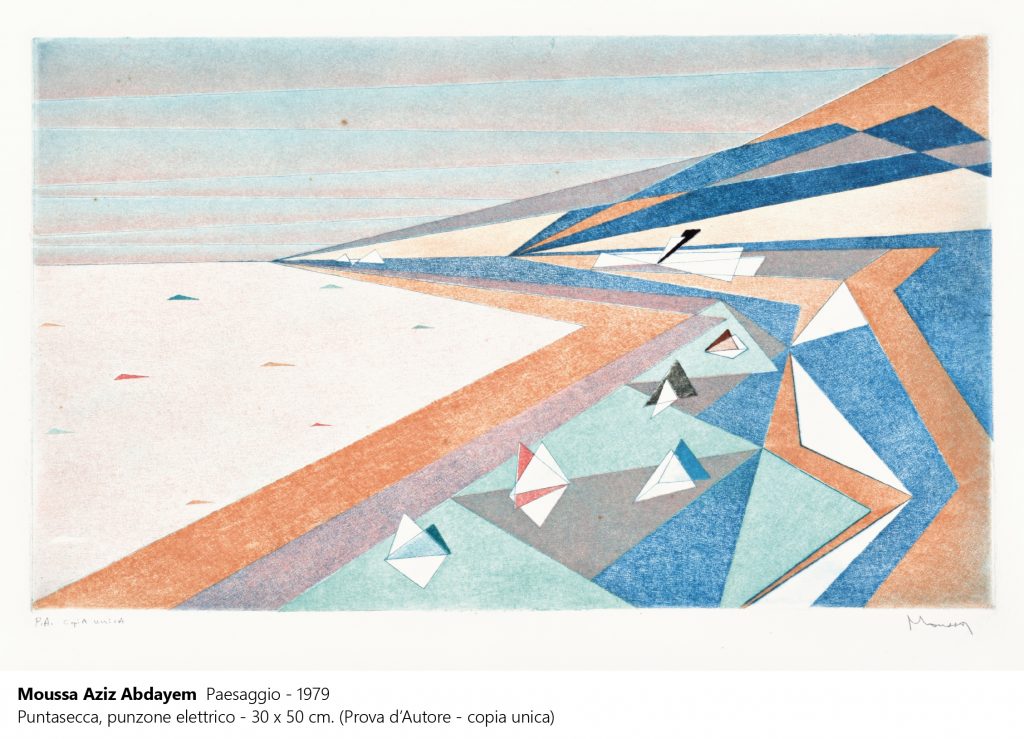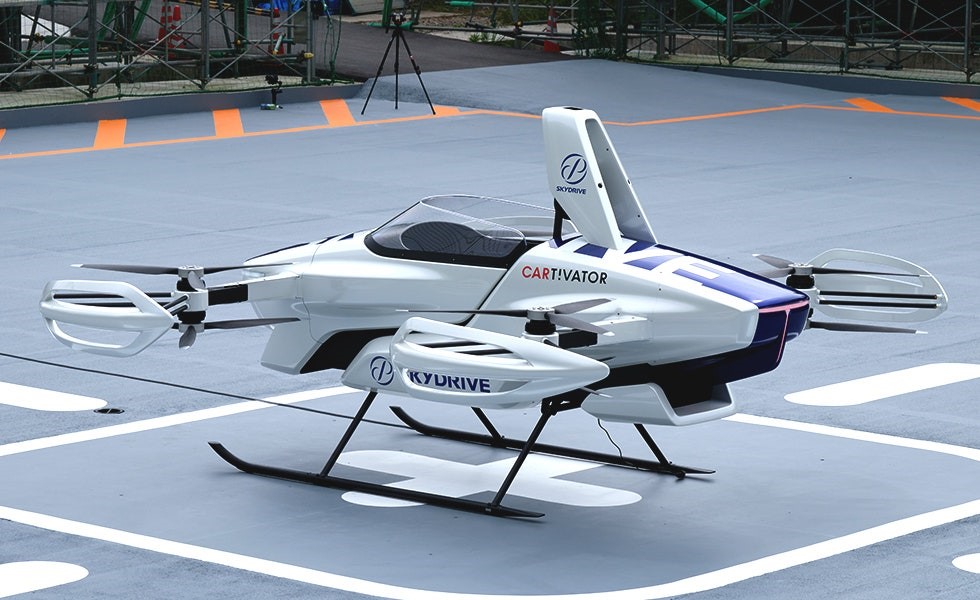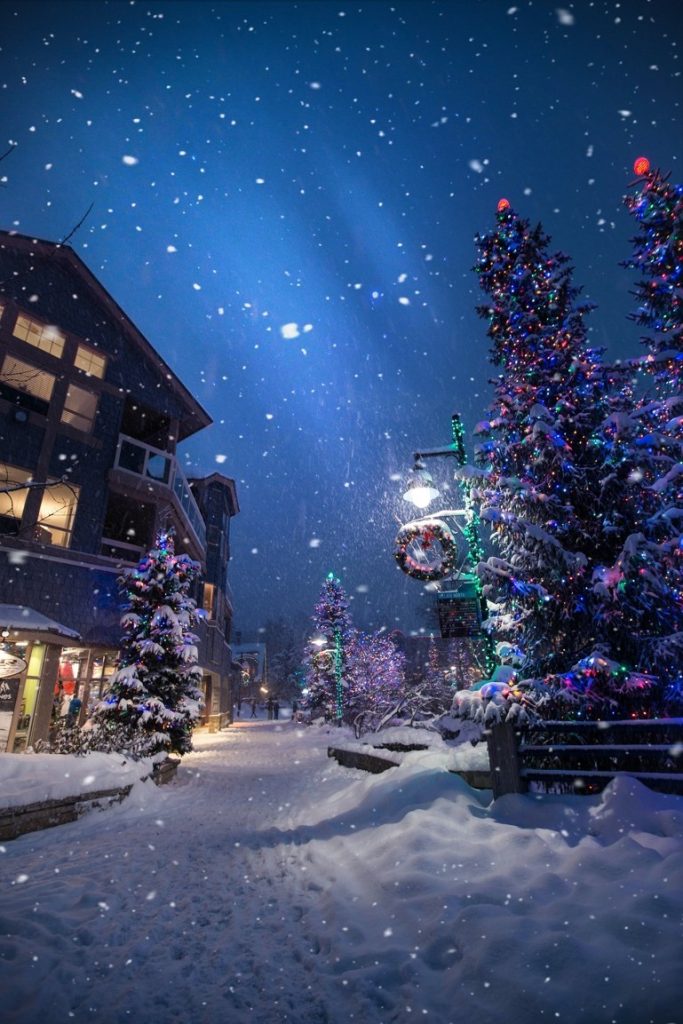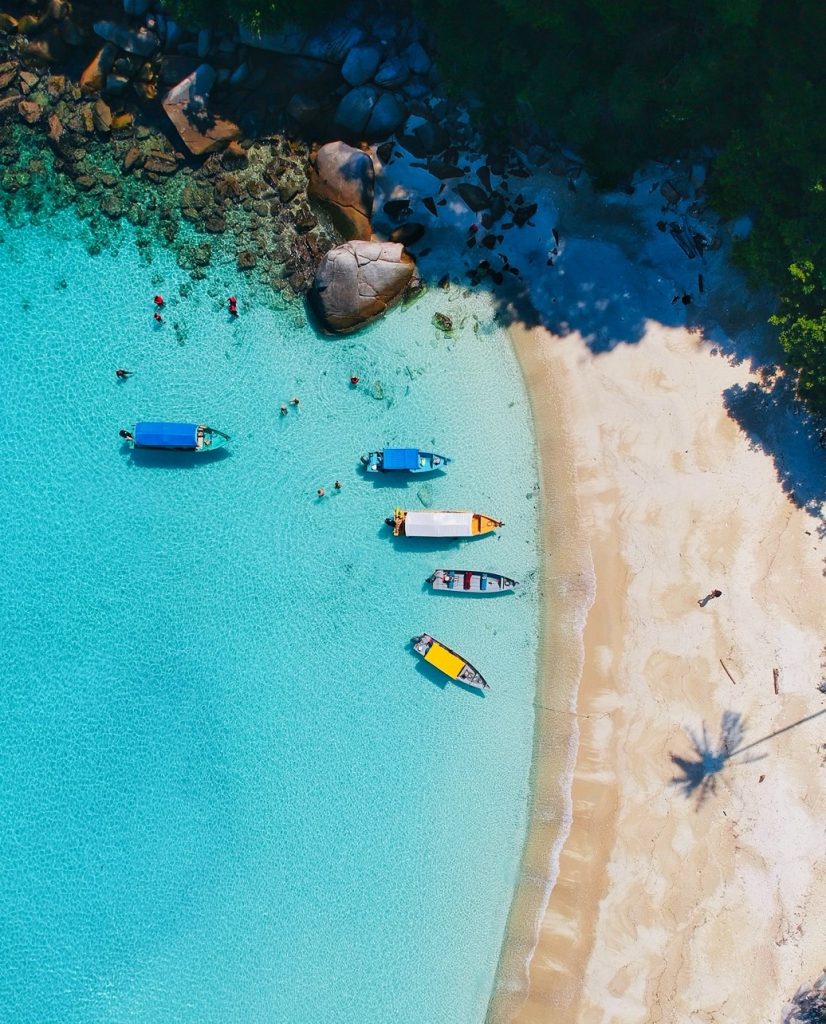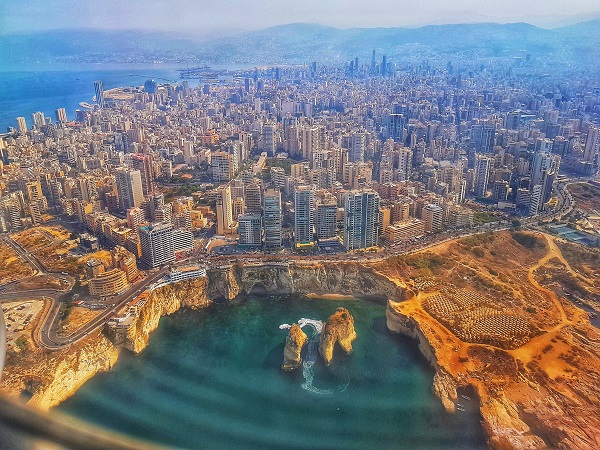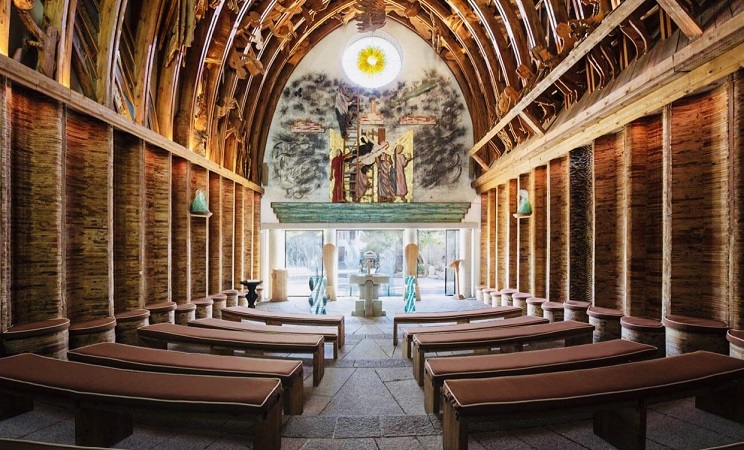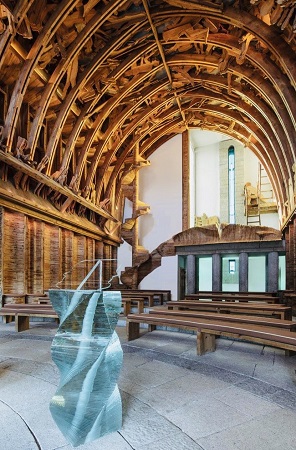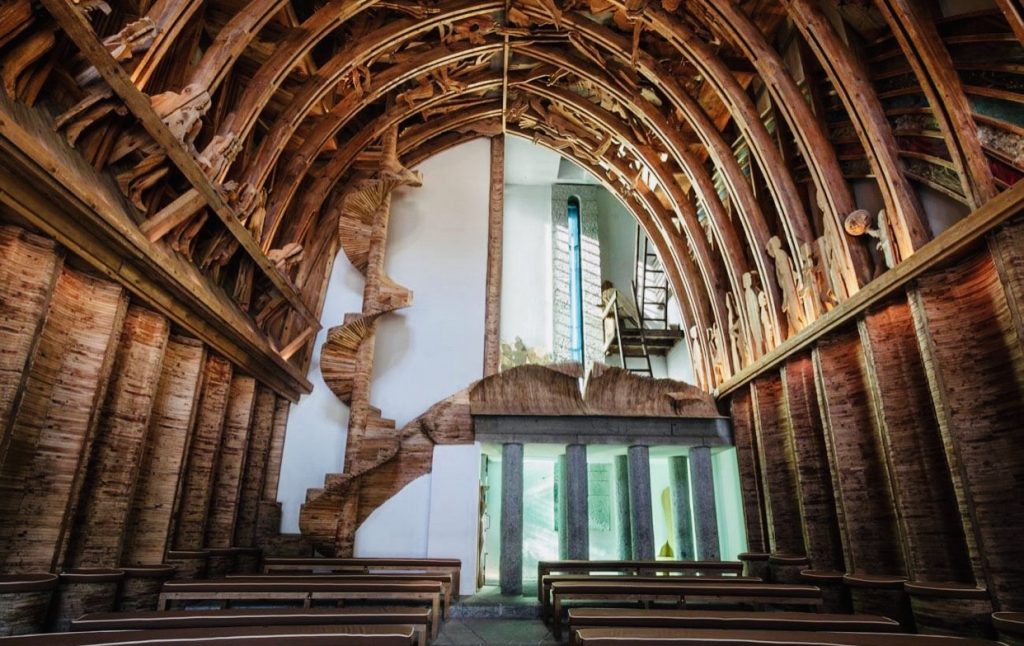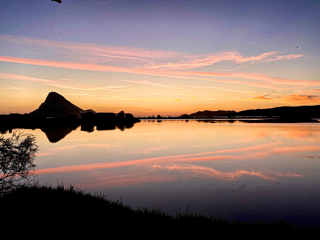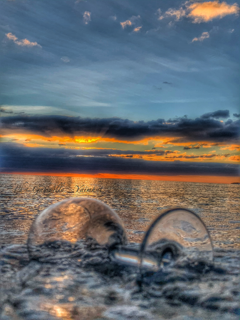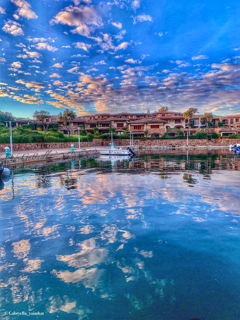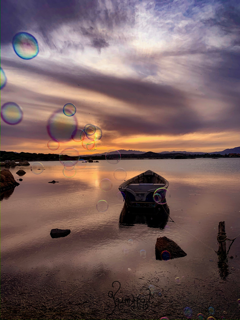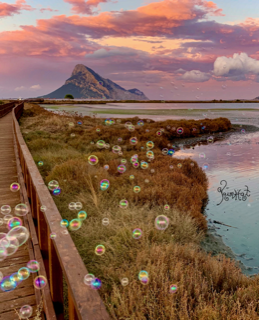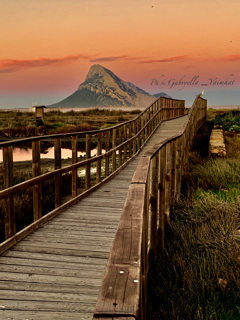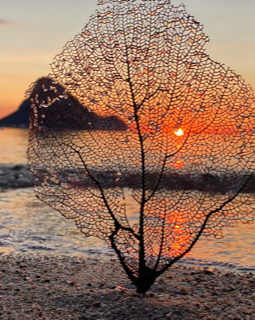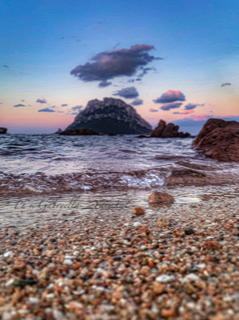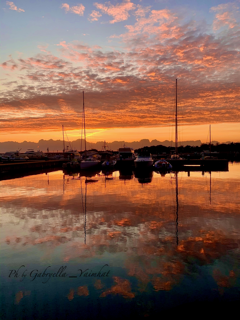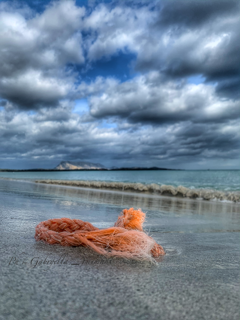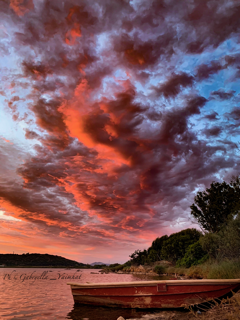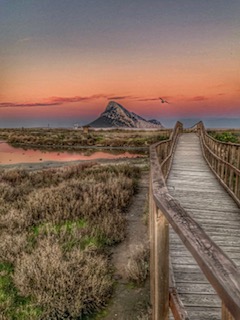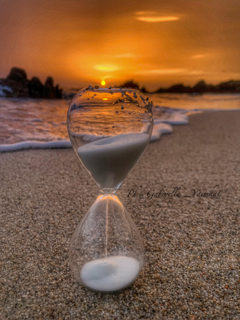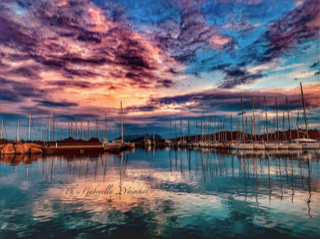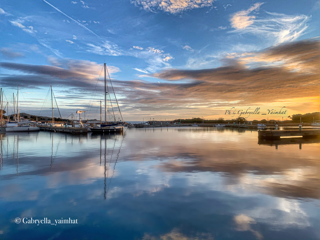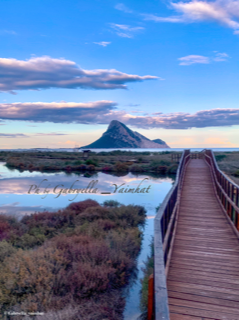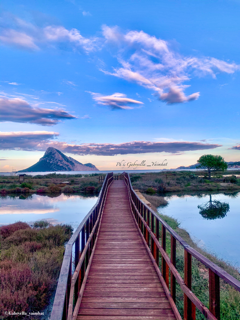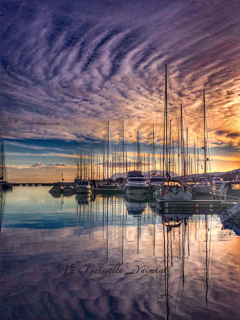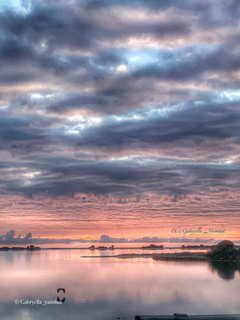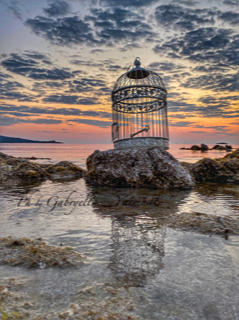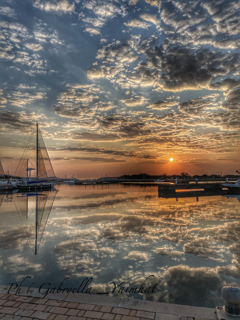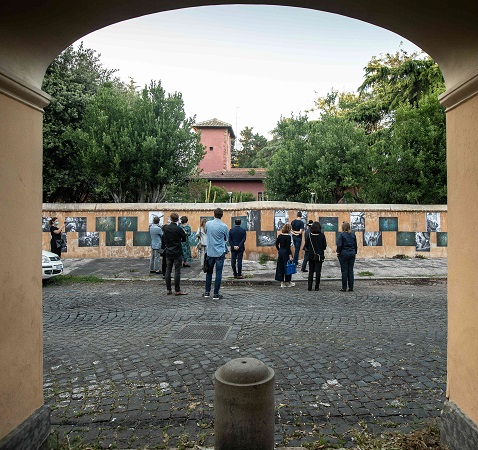Tourism decline under Covid-19
Almost one year ago, a pneumonia detected in
Wuhan, China, was first reported to WHO country office. From that starting
point the novel virus spread rapidly in the country region that, as preventive
measure to contain the virus, was immediately put into lockdown.
Around April, the Covid-19 cases have been
confirmed at approximated 2 million in over 200 countries which all responded
with NPIs, nonpharmaceutical interventions, like home isolation,
voluntary/required quarantine, social distancing, closure of schools and
universities and postponement of socials events and sport initiatives.
Together with these measures, international and
regional travel restrictions have been introduced making the tourism demand
decline: from airlines to cruises ships to hospitality sector. Particularly,
the impact of the virus has been able to shout down accommodations and
resources attractivity that have always been fundamental elements of the
touristic supply chain; restaurants could only continue their activities
through take away and delivery service but many of them prefer to close
temporarily all the activities if they could not apport all the government
adjustments.
In a few months, the framing of global tourism
system moved from over-tourism to non-tourism as illustrates by blogging,
articles and photos (Condé Nast Traveller, 2020) and it seems to be a
permanent, transformative step for the tourism sector due to its own peculiar
characteristics: the unsold capacity determines the tourism revenue to be
permanently lost.
It is important to say that the global tourism
has been exposed to many pandemic crisis in the past; some examples are the
Sars (severe acute respiratory syndrome) outbreak in 2003, Swine flu 2009-2012,
Mers (Middle east respiratory syndrome) in 2012 and Ebola outbreak during
2014-2016.
Even if the reasons for increasing pandemic
threats in the 21st century could be connect to the rapid growth and
mobile world population, the urbanization trends, the industrialized food production
in global value chains and the developing of global transport networks able to
act like “vectors” in the spread of pathogens, all these disease outbreaks are
the result of the man-made impact on ecosystems and its diversity.
As regarding the projected impacts, various industries have already published the consequences of covid-19 for the global tourism industry in 2020. The magnitude of the impact is fundamental to understand if the pandemic will develop further.
As UNWTO mentioned, it has already been
observed a 20-30% decline in 2020 international arrivals that would translate
into concrete losses of tourism receipts of US$300-450 billion. The WTTC, on
the other hand, estimated a loss up top to US$2.1 trillion in 2020.
For anyone employed in global tourism, the
crisis has become soon a personal moment of uncertainty: many businesses have
already laid off most of their staff.
In the airlines sector, at least those airlines
as Scandinavian airlines, Singapore airlines, Virgin and TUI, a German tour
operator, have already received an excess of US$15 billion in state aids.
Furthermore, several climate campaigners have already called on governments to
bail out airlines only on conditions including a focus on workers, emission
reductions and carbon pricing.
In accommodation sector as well, the industry
revenue forecasts a significant decline, and the domestic markets are
encouraged to recover first.
Sport events and MICE, social distancing will
remain a major part of NPIs strategies to limit the speed of the pandemic.
According to these solutions major sport leagues a eps Europe and America have
been postponed including the UEFA EURO 2020 and the Summer Olympic Games. Small
and Medium restaurants as well are facing problems recovering since they usually
experience limited liquidity and small profit margins.
The sub-sector of the cruises is often setting
for outbreaks of infections because of their closed environment (contacts among
travellers from different countries).
The American Enterprise institute (2020) has
already outlined a series of steps to follow aiming at firstly containing the
spread of the virus and later aiming at banish the disease for good.
The first phase should consist in slowing the
spread; to move to phase two some conditions needs like sustainable reduction
in new cases and the ability from the hospitals to treat all patients requiring
hospitalisation without resorting to crisis standard of care, to be achieved.
Further, in the second phase, it has been
suggested the majority of schools, universities and businesses to reopen but
home working should continue where convenient in order to limit contact within
the community.
Then, when a vaccine is developed and received
authorization to be implemented, phase three should be follow and NPIs can be
lifted. Only once the vaccination is completed, global tourism could re-start
leading to the final phase of rebuild readiness for the next pandemic.
In conclusion, the magnitude of what the
Corona-19 has been done so far was certainty unexpected but there is no urge to
return to business as usual.
The pandemic itself is raising some questions
,that need to be rightfully addressed, related to the role of domestic tourism
in the recovery and long-term transformations, the doubt of the pandemic as a
way to “tighter” border and support nationalism, the role of the financial
stimulus and the consequences for austerity and climate change: a striking
lesson for sure able to accelerate, as we hope, the transformation or at least
a reorganization step by step for a new sustainable tourism.
Fanny Trivigno
Sources:
Stefan Gössling, Daniel Scott & Michael Hall (2020): Pandemics, tourism and global change: a rapid assessment of COVID-19, Journal of Tourism.



